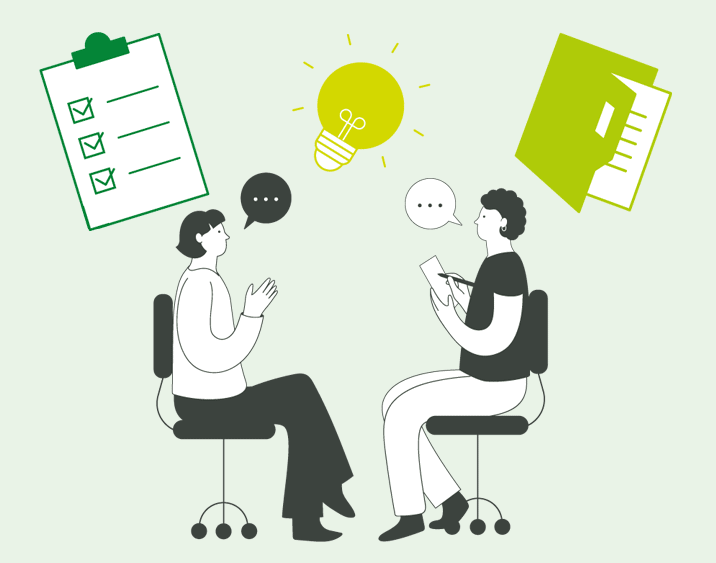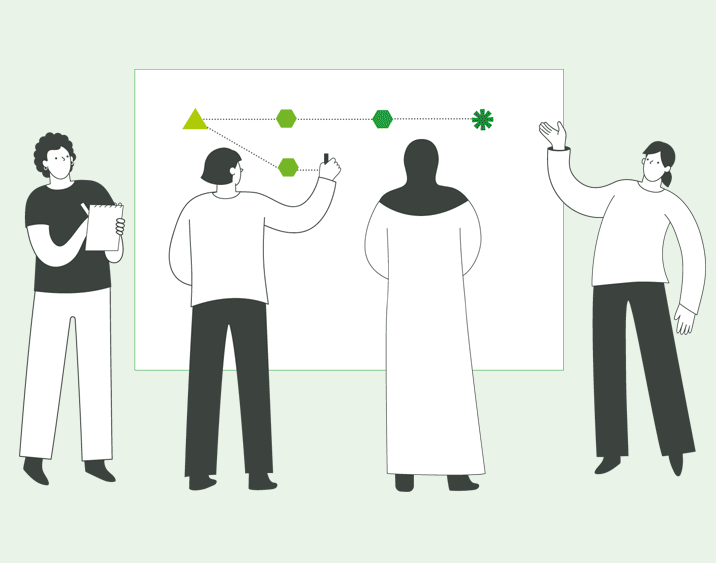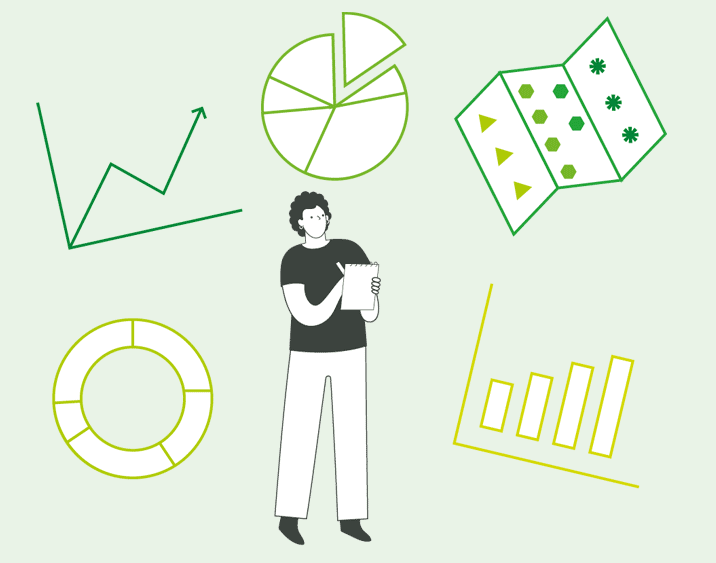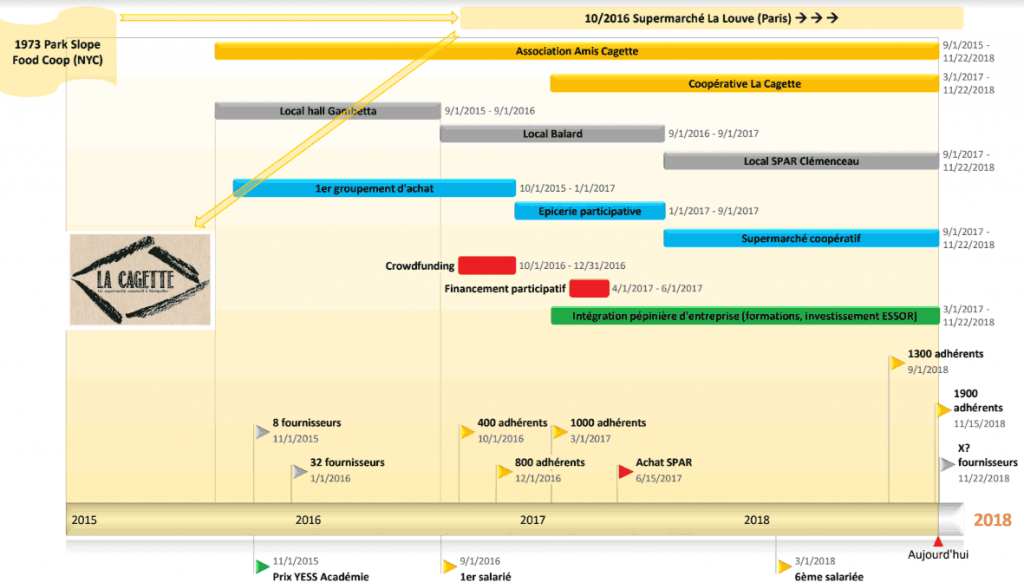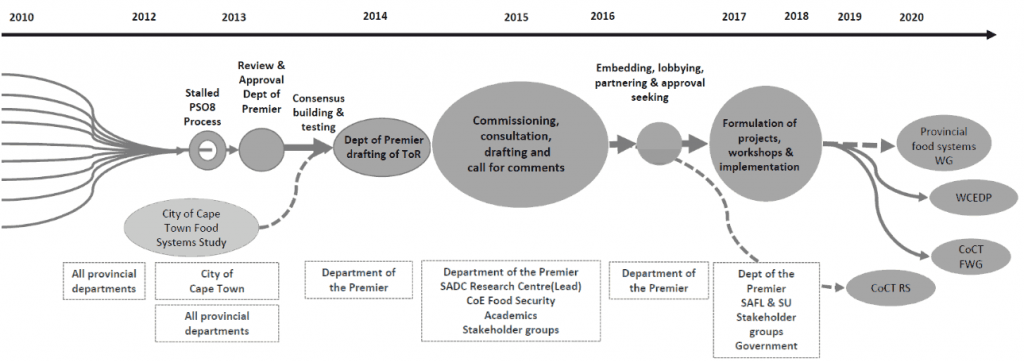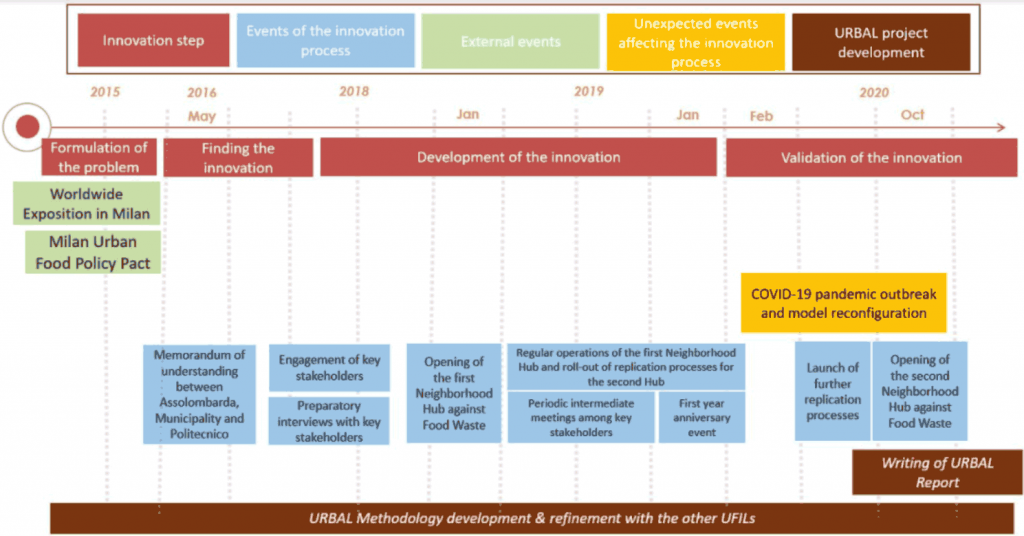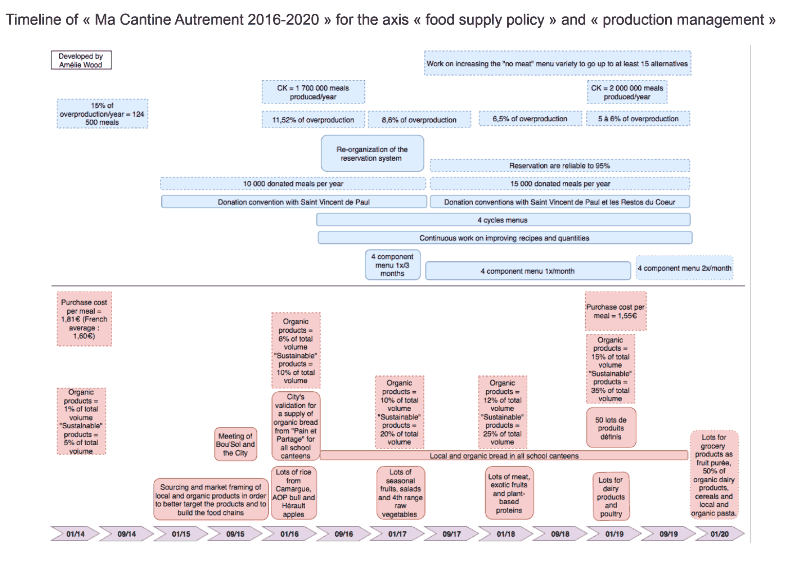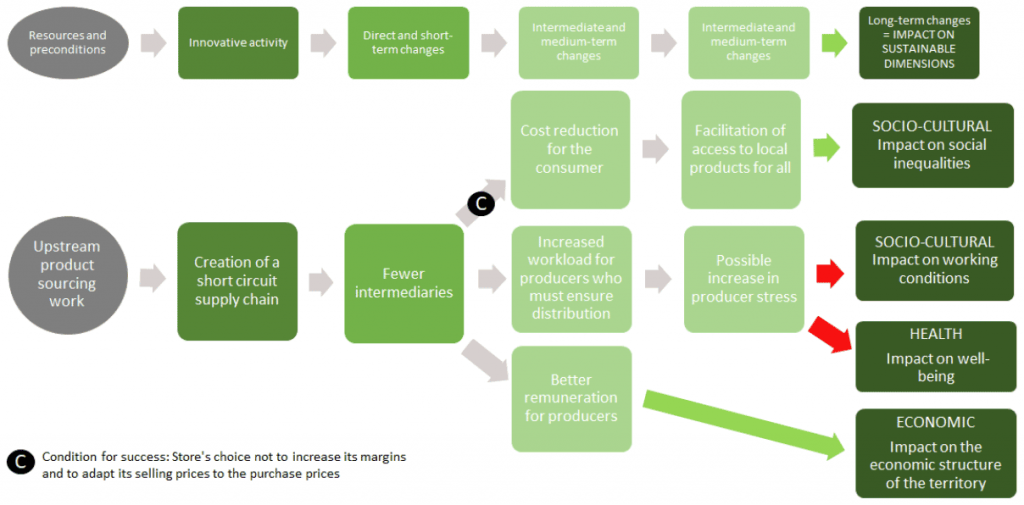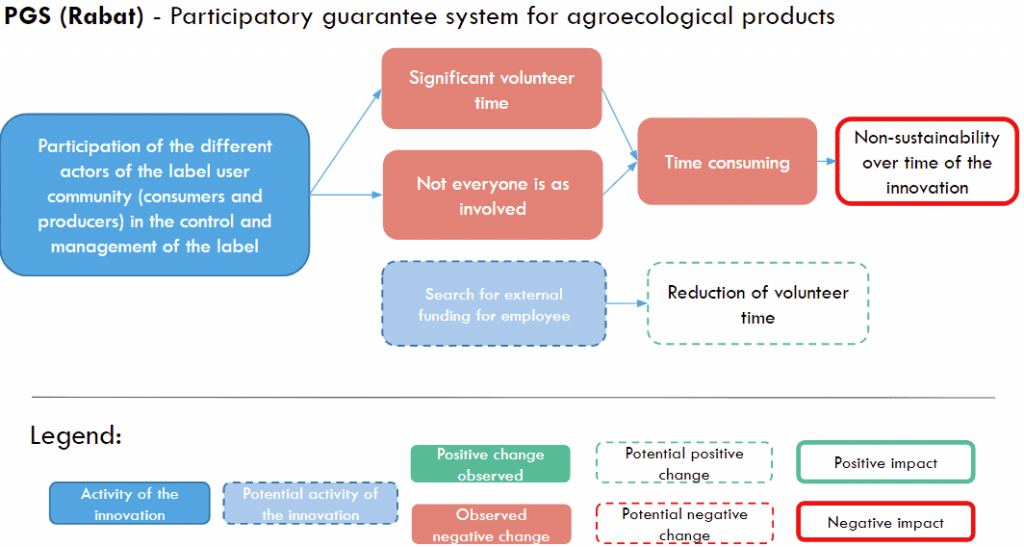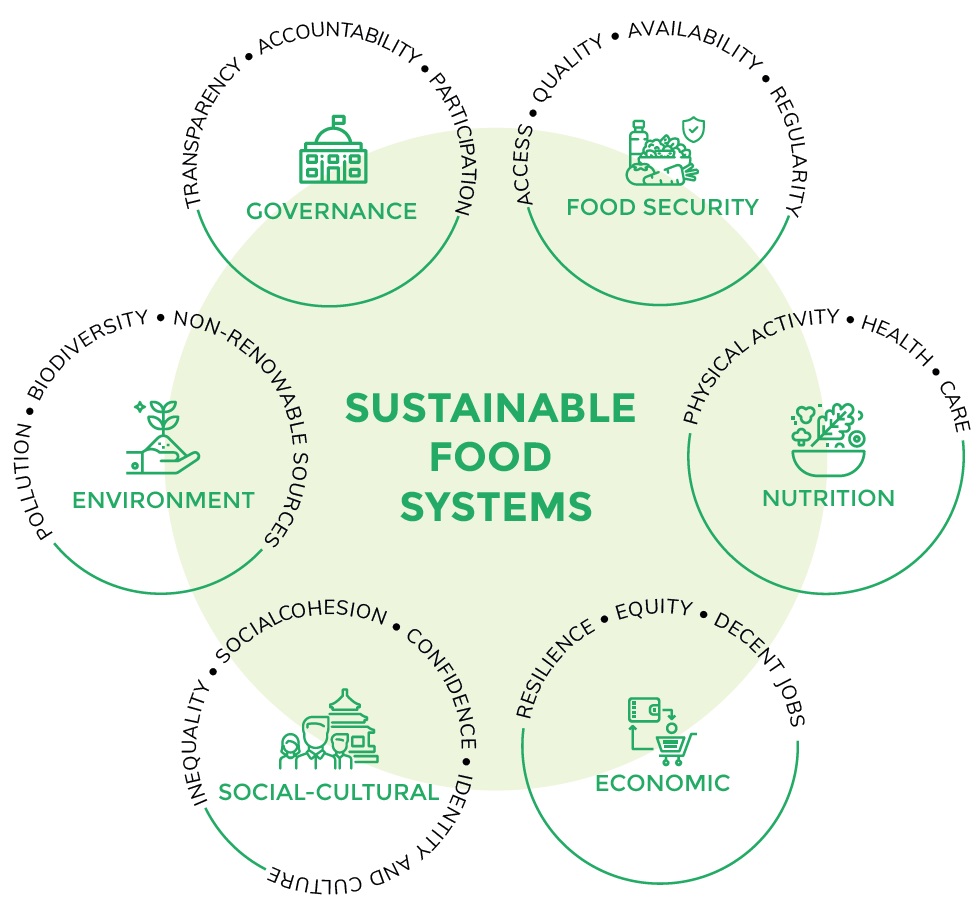
Le chronogramme est une représentation chronologique de l’évolution de l’innovation, incluant les événements principaux et les résultats clés. Sur la base des informations recueillies lors de l’analyse documentaire, ainsi que lors des entretiens, le chronogramme peut également mettre en perspective différents éléments et leur évolution dans le temps, comme le type et le nombre d’acteurs et actrices, les activités de l’innovation, les décisions clés en matière de gouvernance, les lieux, etc. parmi d’autres types d’informations importantes.
Le chronogramme aide à mettre en évidence les étapes clés et les bifurcations dans le développement de l’innovation, ce qui permet ensuite de mieux visualiser la stratégie explicite ou implicite, les différentes étapes du changement d’échelle et d’autres aspects parfois difficiles à cerner.
Expériences partagées et retours d’autres utilisateurs :
La première tentative de développement d’un SPG et d’un label agroécologique a été menée par le Réseau des Initiatives Agroécologiques au Maroc (RIAM). Alors qu’une première tentative de développement d’un SPG au sein du RIAM, alors encore informel, a eu lieu entre 2011 et 2013, cette tentative n’a pas abouti en raison du manque de temps des acteurs bénévoles du réseau. En 2017, grâce à un nouveau partenariat avec le Cirad, le RIAM a pu initier une expérience pilote de SPG dans la région de Rabat, et créer un logo de qualité agroécologique auquel les producteur×ice×s et les consommateur×ice×s peuvent se référer. L’innovation émane donc du secteur associatif, de la société civile et de la recherche. Le chronogramme retrace cette histoire en la replaçant dans le contexte plus large du développement des SPG dans le monde, notamment avec la création de Nature et Progrès en France en 1964, dont la charte et le fonctionnement ont inspiré le SPG marocain, mais aussi à travers la définition et les éléments de base des SPG adoptés par l’IFOAM (Fédération internationale des mouvements d’agriculture biologique) en 2004, qui ont contribué à structurer le SPG. La figure intègre également montrant que le SPG marocain est né après une série d’initiatives en agroécologie au Maroc.




